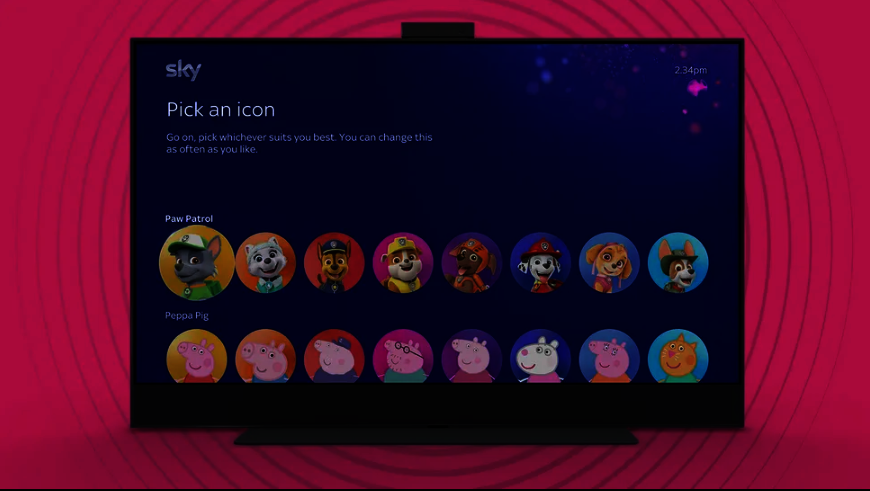Sky may have rolled out more than 500 updates to its Entertainment operating system in the past three years, but the vast majority of them have slipped under the radar, being relatively minor performance upgrades and bug fixes. But that’s definitely not the case with this week’s update, which introduces several major new features to the platform.

The new Entertainment OS version 1.2 began rolling out on April 17 so you may have already noticed some of the new features, available for users of Sky Glass TVs and the Sky Stream puck-like device that transforms any TV into a Sky streaming box.
Among the new changes are what Sky describes as better targeted personalized movie recommendations for users. With the update, it now shows recommended movies grouped by genre, based on the user’s viewing history across the various Sky apps and channels they have used in the past. It’s a similar feature to what’s already available on Netflix and Amazon Prime Video.
Another update allows users to choose from a range of popular children’s TV characters for their playlist avatar. Meanwhile, Sky Glass TVs and Sky Stream devices get Sky Q’s previously exclusive ability to fast-forward and rewind TV shows using voice commands. That feature is one of several new voice capabilities, with others being designed for the Amazon Music and Roxi services. Finally, each TV show that’s showcased in the menu now has a dedicated page showing the crew and cast, so users can find content involving their favorite actors, actresses and directors/screenplay writers more easily.
That’s just the start
The above features are rolling out now, but Sky has a lot more planned and it’s coming soon, with a second major update scheduled for next month. In May, it will roll out Entertainment OS 1.3, which brings a key update to Sky Glass TVs that makes them ideal for video gamers - auto low-latency mode or ALLM.
ALLM is part of the software stack that relies on HDMI technology and it will be accessible via the new Auto Game Mode on Sky Glass TVs. The TVs will automatically recognize when a console is the source of the on-screen content and activate the Auto Game Mode immediately, and Sky claims that it’s optimized to reduce latency by up to 70%.
Other latency improvements pertain to Sky’s UHD and HD sports broadcasts. Fans of live soccer, cricket, Formula One and various other sports that can only be watched on Sky will see improvements that reduce latency by a fairly humongous 22 seconds, bringing Sky’s live sports streams into line with its satellite broadcasts. The new capability will come to Sky Sports Main Events first, followed by the rest of the Sky Sports channels later in the year.
More new voice commands on the way will make it easier to add content to playlists, simply by pressing a button on the remote and telling the TV to do so in your natural voice. Users will also be able to use their voice to enable and disable subtitles for Ultra HD on-demand content, make audio descriptions accessible across all on-demand content, add specific actors to a playlist, and view a movie or show’s Rotten Tomatoes reviews.
It’s clear that Sky has been working very hard to enhance the capabilities of its streaming services, and while the company has gotten some stick for the hefty price of its subscriptions, it is clearly determined to show that it provides good value for money.
The new capabilities will also be available to other streaming service and TVs that use the Sky Stream device, such as Xumo in the U.S. and Hubbl in Australia.